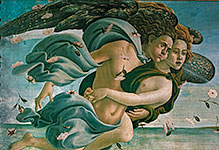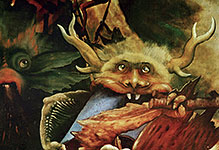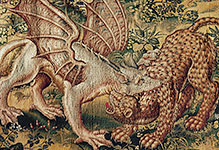
Mythology
Mythology

#03070146
Stucco plaque of a legendary dog-headed bird known as senmurw. This fabulous ani...

#03070161
A phenix,mythologicl bird,rising from the ashes. Ivory carving,back of ch...

#03070164
Horsebit from Luristan,Iran,8th-7th BCE Human headed monster tr...

#03070165
Horsebit from Luristan,Iran,8th-7th BCE Fabulous,mythological an...

#03070166
Horsebit from Luristan,Iran,8th-7th BCE Fabulous,mythological an...

#03070167
Horsebit from Luristan,Iran,8th-7th BCE Fabulous,mythological an...

#03070168
Horsebit from Luristan,Iran,8th-7th BCE Fabulous,mythological an...

#03070228
Group of sancai ceramic tomb figures, probably Henan province, Tang dynasty, ear...

#03070235
Cloisonné jar, Ming dynasty, Xuande period, c1426-c1435. Depicting a dragon amon...

#03070239
Jade rhyton, Chinese, Qing dynasty, 18th-19th century. This cup takes the tradit...

#03070270
Shadow puppet from Java, Indonesia, 19th century. The colours and designs of Jav...

#030703 2
Assault on the house of Kira Yoshinaga by the 47 Ronin under the leadership of O...

